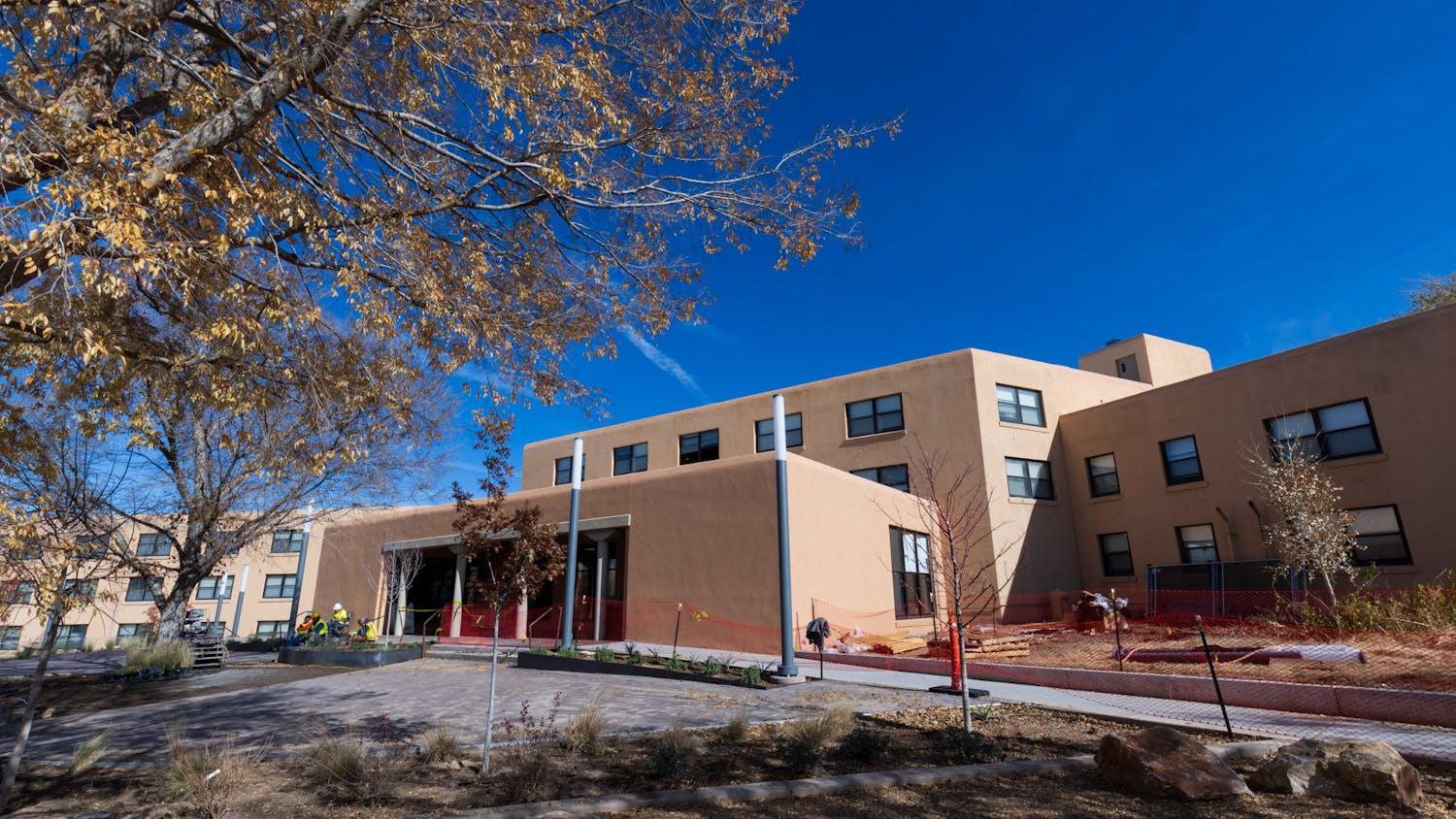On Tuesday night, Patricia Henning, Ph.D. of the University of New Mexico’s Department of Physics and Astronomy, spoke about solar systems, stars and other elements of the universe, while also touching on her own research.
She gave a lecture titled “Our Abundant Universe” as part of the New Mexico Philharmonic’s series, “Discovering Abundance.”
Held on the third floor of Hodgin Hall, Alexis Corbin, operations coordinator and personnel manager of the New Mexico Philharmonic, introduced the lecture.
Regarding the series, Corbin said, “We hope to create the idea of the whole community coming together around a topic and really addressing these big ideas together, making those connections — it all just widens our community.”
“Discovering Abundance” provided the opportunity for attendees to “view a broad topic through many lenses and from many angles,” Corbin said in her opening remarks.
Before Henning began her lecture, Corbin introduced a surprise performance by two members of the New Mexico Ballet Company as a visual approach to understanding abundance.
Following the performance, Henning began her presentation.
“Tonight’s lecture does not assume any astronomy background,” Henning said.
Her first slide, projected on two screens behind her, was titled “Your Cosmic Address.”
“Not only are you in the universe, but I’m going to argue the universe is in you,” Henning said.
Among other topics, she spoke about other solar systems and about the recently launched Transiting Exoplanet Survey Satellite. She also discussed color variation in stars and their life cycles.
“You are made of the abundance of the stars,” Henning said later in the lecture.
Get content from The Daily Lobo delivered to your inbox
Henning then spoke about her own work, which revolves around discovering new galaxies. Her research targets the dark spaces that can be seen in many photographs of galaxies, including the milky way.
She said she and her fellow researchers use radio telescopes to discover planetary bodies behind the dark material that optical telescopes can’t see. Henning has worked using the Parkes telescope in Australia with collaborators among others, and is currently using the Arecibo radio telescope in in Puerto Rico.
“What we’re doing is discovering galaxies that nobody’s seen before. You can’t see them in the optical, in the other words in the wavelengths that your eyes work at. You need to use radio telescopes. And those radio telescopes are able to map out galaxies that are hidden, that you can’t see in any other way. We can see them in three dimensions, how they line up with other structures we know about — we can figure out how they’re pulling the Milky Way around. So it really gives you a sense of what the cosmos around you is like — the whole map of the universe in all of the directions around you,” Henning said.
Kevin McKeown, who contributes to the Albuquerque Journal’s Sky Watch, was in attendance. He has attended other talks given by Henning in the past, he said.
“This was more directed toward the general public,” McKeown said. “It was really great.”
Henning concluded the event by encouraging the audience to go to the UNM Campus Observatory, which is open to the public on clear Friday nights during the school year.
Annie Edwards is a culture reporter for the Daily Lobo. She can be contacted at culture@dailylobo.com or on Twitter @annie_ce18.






